Moodboard
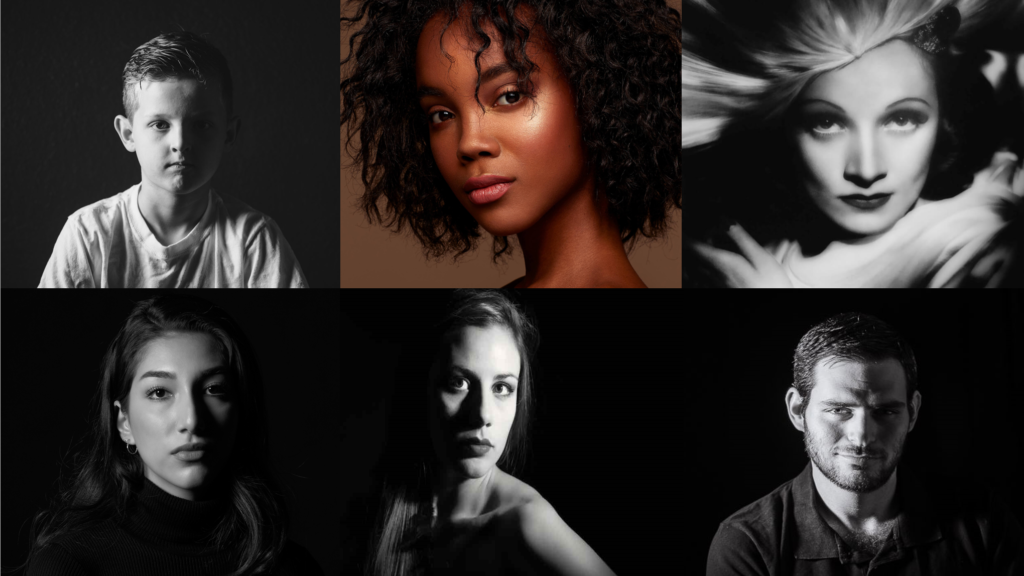
What is studio lighting?
Studio lighting in photography happens when a photographer uses an artificial light source to either add to the light that’s already there, or to completely light their photograph. Setups can range from using a single flash that you mount onto your camera, to multiple off-camera lights.
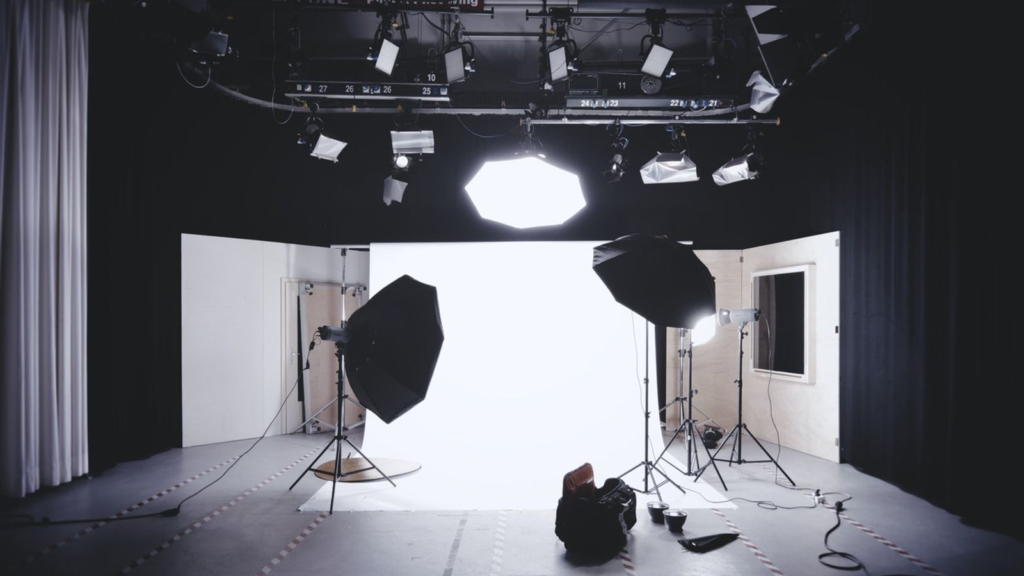
Why do we use studio lighting?
Shooting with the appropriate LED studio lights allows you to capture images and colours the way they look in real life, removing the need to process photos after the shoot. Most LED lights are adjustable and can be dimmed or brightened depending on what you need. Studio lights are essential tools for photographers to illuminate their images and videos. Lighting is a very important tool when it comes to controlling the image and using studio lights in an effective way is an art in itself.
What is the difference between 1-2-3 point lighting and what does each technique provide / solve?
One point lighting would involve just one light and this would be illustrated as the key light.
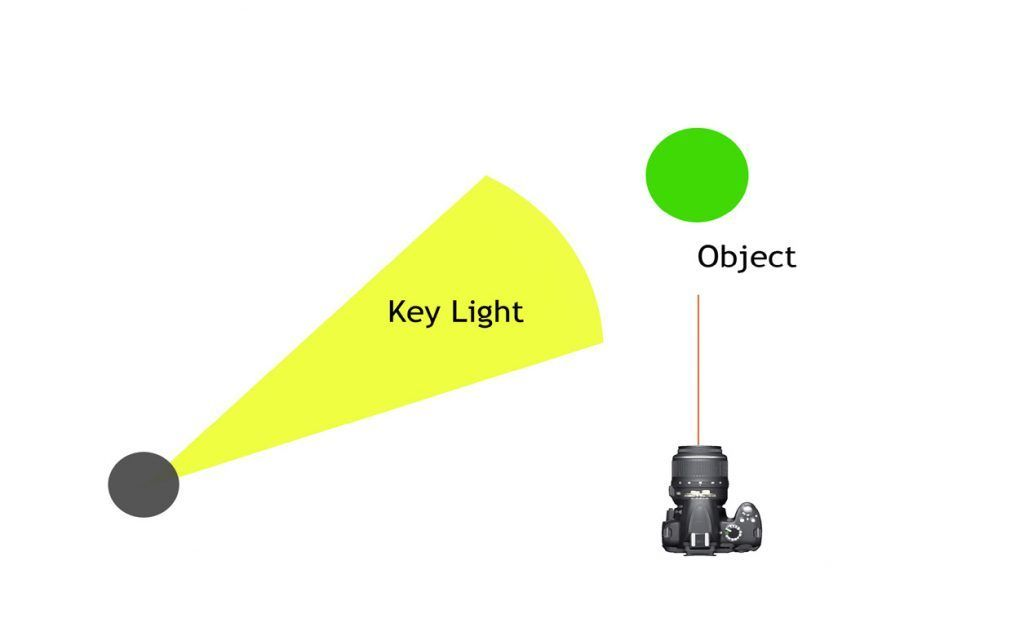
Two point lighting is when the light sources point directly towards each other and the subject is placed between the two.
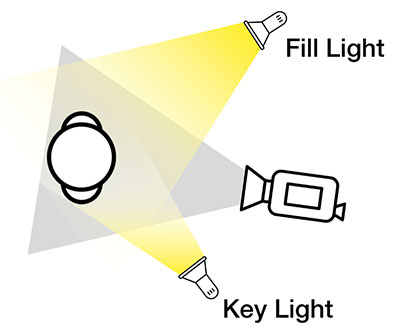
Three point lighting is a traditional method for illuminating a subject in a scene with light sources from three distinct positions. The three types of lights are key light, fill light, and backlight.
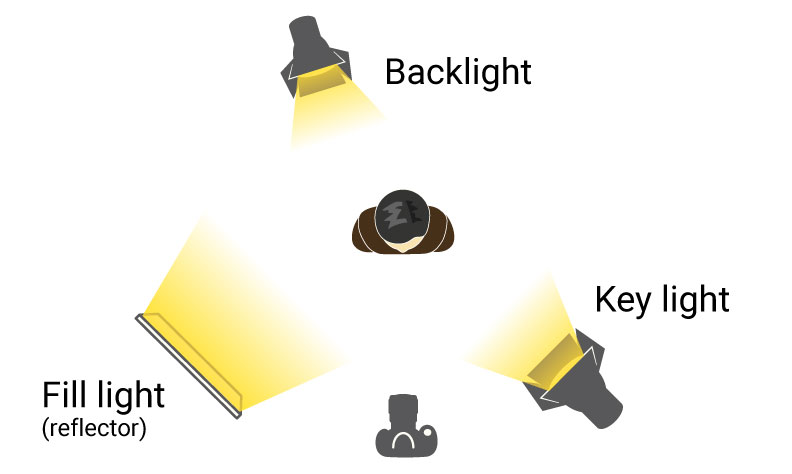
Key Light
What it provides: Usually the key light is the main source of light and it is placed at an angle to the subject to create texture, depth, and contrast. It highlights the form and dimension of on-screen subjects and allow cinematographers to control the atmosphere of a scene.
Positioning: The key light is normally placed at a 45 degree angle to the person, it has to be only slightly above eye level and to one side.
Effect: Using a soft key light creates more diffused shadows, conveying a gentle, flattering, and natural feel. On the other hand, a hard key light generates sharp, well-defined shadows, which can be used to create a more dramatic or stylized portrait.
Fill Light
What it provides: The purpose of a fill light is to illuminate the parts of the subject that the main light cannot reach.
Positioning: If your main light source is behind your subject, then place the fill light in front of your subject. If your main light source is to the side of your subject, then place your fill light to the side of your subject also.
Effect: Balancing the overall illumination of a scene, especially in areas with shadows or low light contrast. Its main function is to soften shadows and lessen the hardness of the key light. This results in a more appealing and balanced visual.
Back Light
What it provides: Backlight is light that hits an actor or subject from behind, typically higher than the subject it is exposing. Backlighting an object or actor from the background creates more depth and shape to a subject.
Positioning: Place the camera in the direction of the subject and position your subject in a way so that the backlight is directly behind the subject.
Effect: This will help create a light spill effect, where the light seems to spill from behind the outline of your subject.

Rembrandt Lighting
Rembrandt lighting is characterized by an illuminated triangle (also called “Rembrandt patch”) under the eye of the subject on the less illuminated side of the face. It is named for the Dutch painter Rembrandt, who occasionally used this type of lighting.
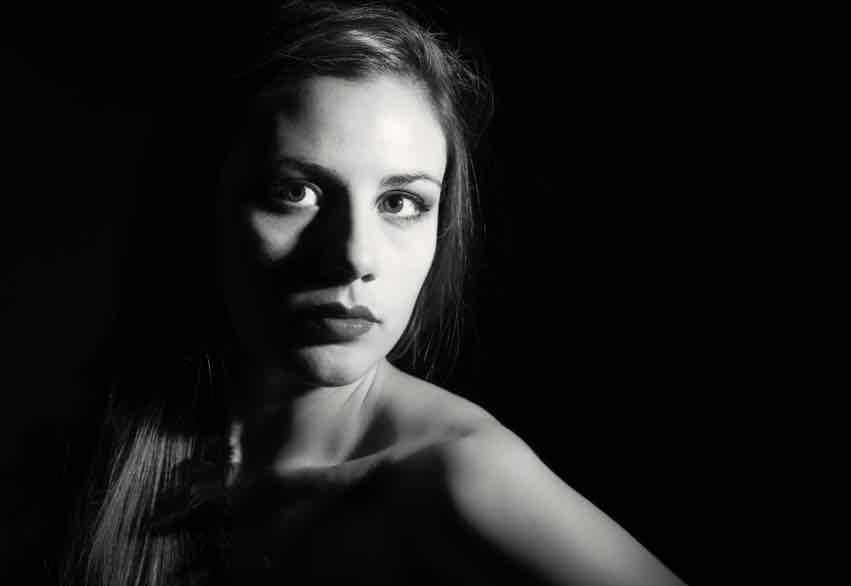
This is a photo that I took of Alef, before and after editing, using the Rembrandt lighting. I asked him to sit facing directly towards the camera and I just positioned the light to be diagonal from him but still facing his side. I used the spot healing brush tool to smoothen his face a bit and I increased the vibrancy and the contrast and I decreased the brightness and saturation.
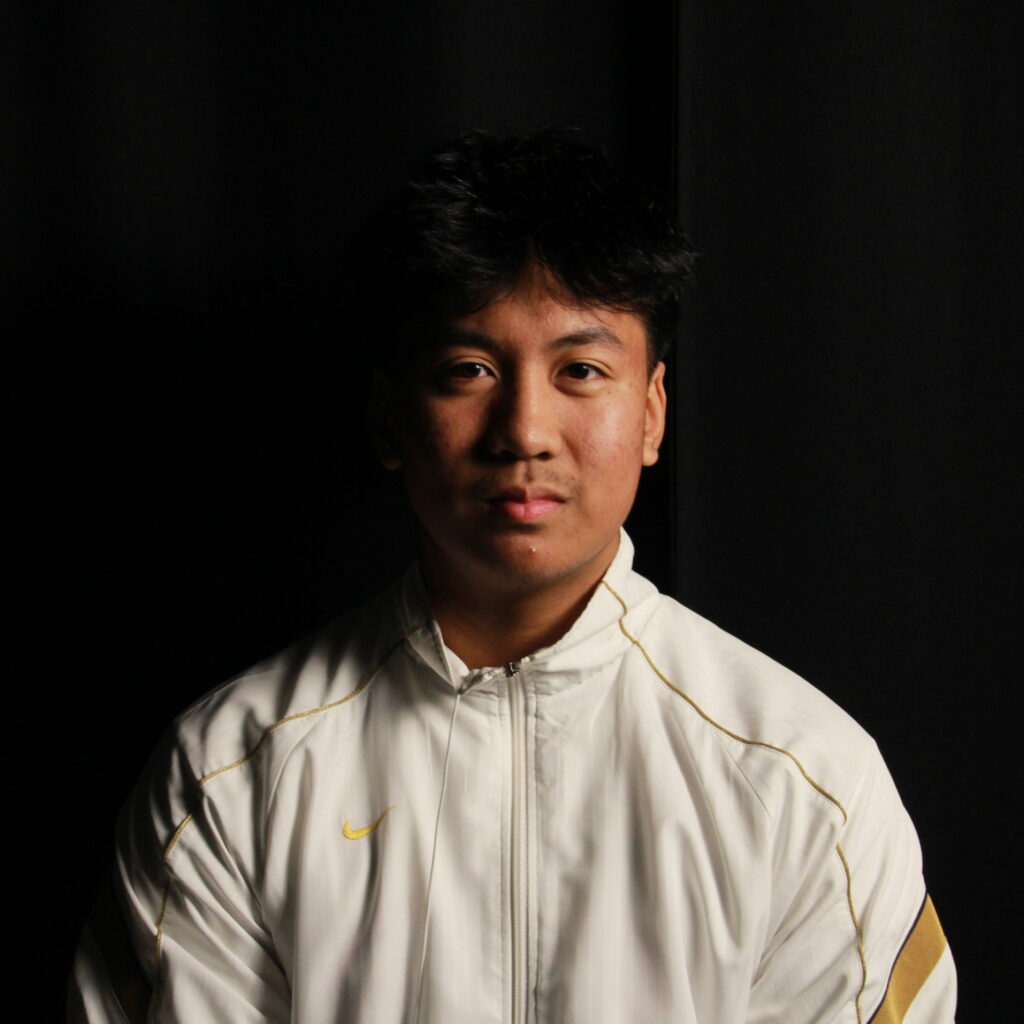
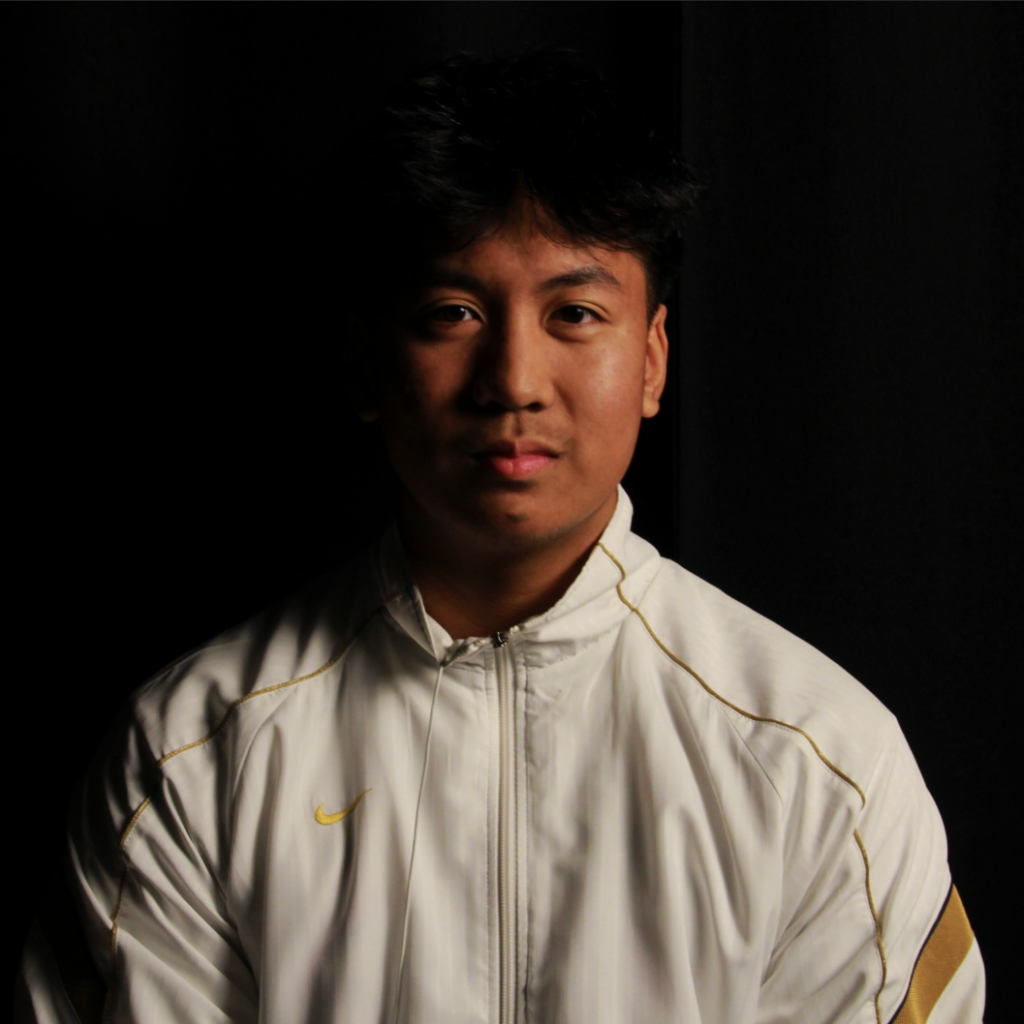
Butterfly Lighting
Butterfly lighting is a portrait lighting pattern where the key light is placed above and directly centred with a subject’s face. This creates a shadow under the nose that resembles a butterfly. It’s also known as ‘Paramount lighting,’ named for classic Hollywood glamour photography. Butterfly lighting is a popular setup because it has the effect of slimming the face due to shadows that are created on both sides of the face. This provides a flattering look that emphasizes a subject’s facial features, highlighting the eyebrows, cheekbones, and nose in a photogenic way.
Butterfly lighting often conveys a sense of classic beauty and timeless elegance. The soft, even illumination can evoke feelings of warmth and serenity in viewers.

In this photo I used butterfly lighting to make the shadow under his nose. I positioned him facing towards the camera with a light right above him. I cropped the image so that it is a square and i smoothed out his skin , increased brightness and contrast and the saturation and vibrancy.


Chiaroscuro Lighting
In photography, chiaroscuro lighting refers to the intentional employment of highlights and shadows to draw attention to the shape of the subject.
To achieve this type of lighting, establish a single, powerful light source first in order to create a chiaroscuro impression. This might be daylight coming in via a window, or it could be a studio light. To get the ideal shadow effects, position the light at an angle relative to your subject. chiaroscuro lighting is employed to heighten tension and create terrifying visuals.

This is a photo that I took of Chanell with chiaroscuro lighting. I positioned the light to be on one side of her facing her so that there is only light on one side of her face. I cropped the image so that she is centred and I turned down the brightness and the vibrancy. I increased the contrast, gamma correction and the saturation. This gave the image a more intense look.
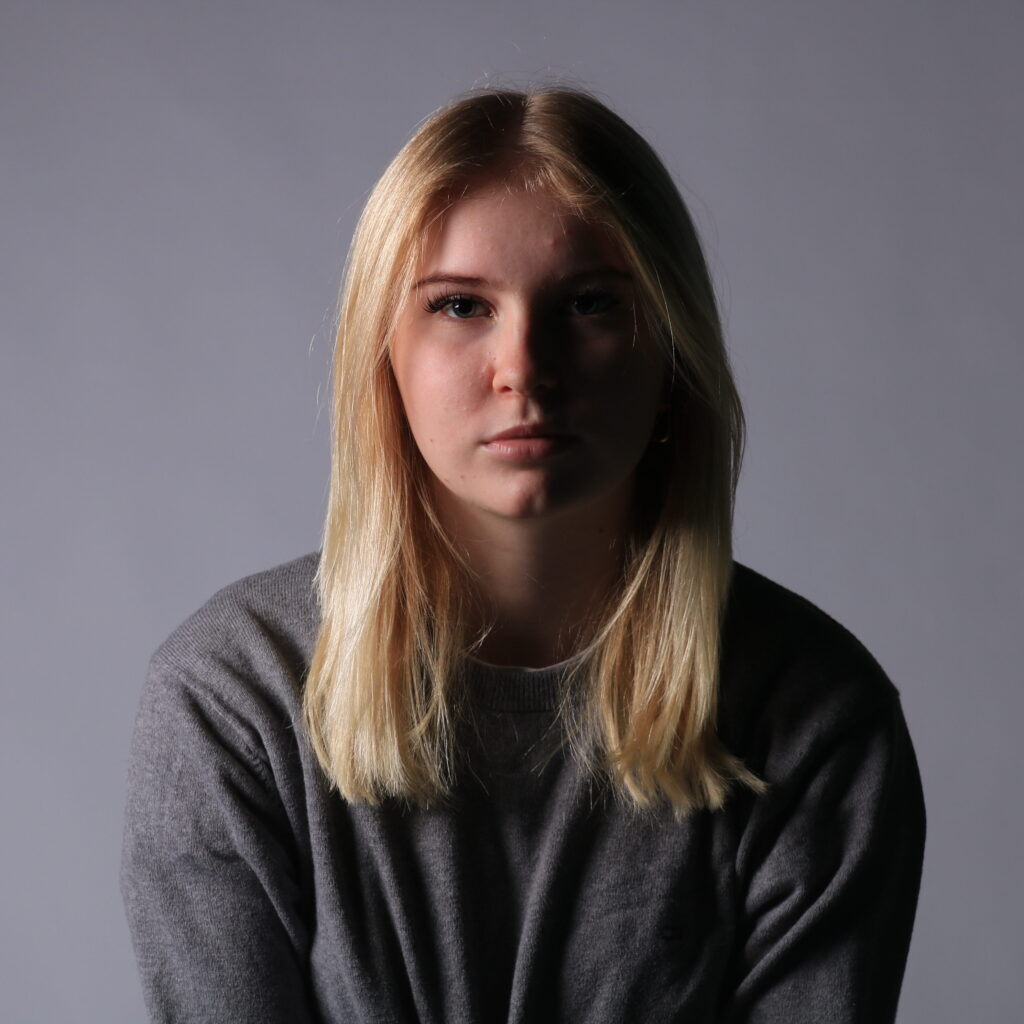

Contact Sheet


Final Images

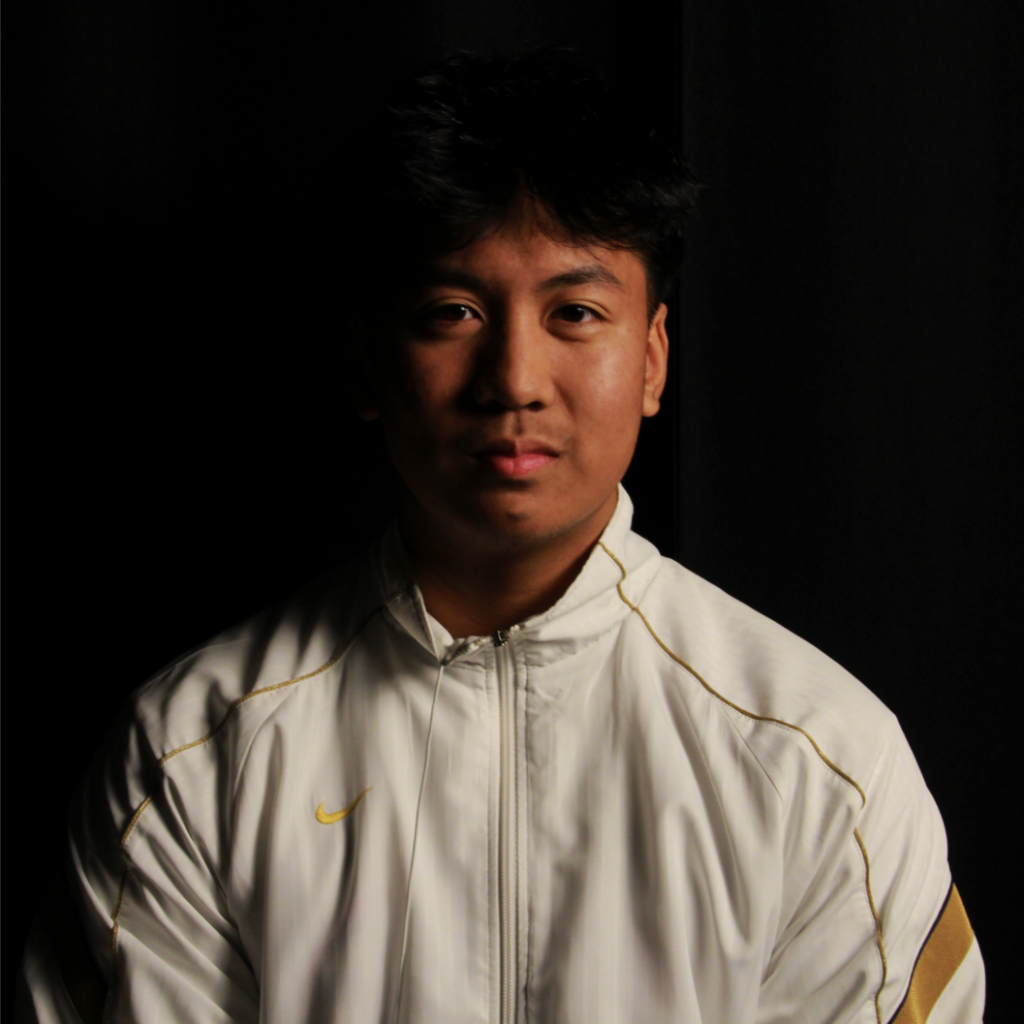

Evidence of consistent and creative progress, with an expected level of knowledge and understanding too. Keep working hard and keep trying different approaches…be curious and push your ideas further each time !
!!Don’t forget to publish a minimum of 1 x blog post per week!!